How 3D Product Modeling and Rendering Help Ecommerce
Ecommerce is a hugely successful and highly competitive industry. And the competition is only going to become tougher with time. By the year 2040, 95% of all purchases will be made through the Internet. This means brands will have to outdo thousands of competitors and know very well how to boost e-commerce sales to be successful. If marketers cannot make their brand stand out, they will end up simply wasting money on developing and producing goods that do not sell. It will not matter one bit even if these products are perfect and meet the needs of the consumer. When the right marketing techniques aren’t implemented, it is a recipe for failure. Luckily, it can be prevented.
There are many effective tools that can help propel an ecommerce forward. And the usage of innovative technologies such as 3D visualization is definitely somewhere at the top of their list. So, how exactly does this tool help? Joins us and read about 5 ways 3D product modeling and rendering can lead an ecommerce brand to success!
#1. CGI makes shopping very comfortable for customers
3D product modeling and rendering optimizes the process of online shopping. Before the advent of CGI, many of those who would love to shop from the comfort of their own homes abandoned this idea. It happened because text descriptions and a few product images on a website did not provide buyers with a full understanding of a potential purchase. It was not possible to hold products in hands and to scrutinize them from all sides when shopping online. So, many people prefered going to a brick-and-mortar store to make an informed decision.
3D product modeling and rendering proved itself capable of filling this gap. A professional 3D visualization studio can provide brands with interactive 360-degree models of products. When a shopper sees such a model on a website, they can click on it and rotate to examine it from every angle. Also, with CGI, brands can get photoreal 3D animations that show their merchandise in motion and in detail. A CG video can explain every aspect of an item by showing it in close-up views, demonstrating its functionality and inner mechanism.
And there is more to come. 3D product modeling and rendering pave the way for brands to implement cutting-edge technologies like Augmented and Virtual reality. A manufacturer can order realistic 3D models of their products and then use it in AR and VR apps. This tools bring online shopping to a completely new level. For instance, an AR app allows shoppers to project realistic 3D visualization of items onto real environment. This way, they can, for instance, see if a new sofa fits their room. As for VR, it goes even further by providing buyers with a possibility to feel, touch, and interact with 3D models of goods in a digital space. It gives them a truly unique and immersive shopping experience.
#2. Product modeling and rendering sell through emotions
Emotional marketing is a must-use tool for product promotion. A survey quoted by Neuromarketing, from the book Brand Immortality by Pringle and Field, states that ads with emotions performed twice as well as compared to rational content.
So, how to create such advertising? A surefire way to evoke the viewers’ emotions is to show a product in a lifestyle context. For instance, it is a good idea to showcase a new cooking device in a cozy kitchen. When looking at such a visual, the viewer will instantly imagine themselves in that space, using a new appliance to cook a tasty dinner.
The problem is that creating this kind of photos and videos requires much money, time, and effort. A manufacturer has to rent a photo studio, transport items there and back, take care of the right props, and so on. And what if the brand wants to showcase its goods in some unusual scenery — for example, on a tropic island? In this case, photography and filming are barely an option because of the expenses.
That’s where 3D product modeling and rendering come in. First of all, CGI requires no organizational hassle if compared to photo sessions. 3D artists can digitally create any lifestyle setting on a computer and simply place a 3D model of an item in that scene. What is more, they can digitally recreate any location, like an amusement park, a deep forest, or even a distant planet! This way, 3D product modeling and rendering help create a compelling story around the item, leading to higher sales.
#3. CGI helps test the market and pre-sell products
Is it possible to effectively market a product that is not manufactured yet and exists only on drawings? With CGI, marketing products before the launch is efficient and easy. 3D product modeling and rendering make it possible for marketers to share photoreal visuals of items that are still being developed or designed. This allows brands to test the reaction of potential customers and make adjustments to the future goods accordingly. This way, the brand can start manufacturing items only when their design is refined to perfection. It also saves money that could have been spent on producing and storing physical prototypes.
So, how exactly can a marketer get such 3D assets? They need to find an experienced 3D visualization studio, send them a brief with drawings and references of the items. Then, they should specify what kind of visuals they require: still imagery, 360-degree models, or 3D animations. Following this, 3D artists will take care of the rest. Professional CGI can show products that are yet to be manufactured as realistically as a photograph or a video. So, 3D visualization allows for selling a product before it actually exists.
#4. CGI allows to satisfy the demand for customization and personalization
Nowadays, customization has become a huge buzzword in product marketing. Buyers feel frustrated when their shopping experience is impersonal. That is why 2019 e-commerce industry saw a loss of $756 billion due to poor personalization.
3D product modeling and rendering can be used to add a personal touch to the online shopping process. CGI allows to easily get 360-degree views and lifestyle shots for every single product variation. The latter is especially useful when a brand needs images for holiday marketing. Aslo, 3D rendering is a great option for product bundling. A 3D artist can combine 3D models of the brand’s products in numerous variations and in different sceneries to produce as much catchy imagery as needed. With traditional photography, this would require enormous amount of money, time, and effort. While 3D visualization provides the same result for a reasonable cost and much faster.
A 3D product configurator is another fantastic personalization tool that a 3D modeling company can offer. It is a software that allows shoppers to customize what they buy in an online store. They do it by changing colors, texture, or features of a realistic 3D model of a product. This way, potential buyers can design it according to their tastes and needs.
#5. Product modeling and rendering help launch products faster
Designing a product takes time. Before an item gets to the stores, it has to undergo numerous lengthy tests and improvements. Only this way, the manufacturers can make sure that the item will look and function as planned. This process is both time-consuming and expensive.
But with 3D product modeling and rendering, the development stage can be reduced and simplified significantly. Making corrections to a digital 3D model is a lot easier and faster than to a physical prototype because everything happens digitally. It allows the final product to go to market on or even before the planned time, which helps brand make profits quicker. Also, it saves money that otherwise would have been spent on producing, storing, and improving physical prototypes.
3D product modeling and rendering is a true boon for ecommerce brands. CG visualization makes online shopping ultra-comfortable for the buyers, helps make use of emotional marketing, and allows to pre-sell items successfully. Also, it can satisfy the customer’s need for customization and assist in the faster launch of the product. On top of that, a manufacturer does not need to have new 3D models made for every campaign. To get new imagery, it is needed to just use a ready model in another 3D scene. Which is much cheaper than creating everything from scratch. So, CGI is a very budget-friendly option for getting quality marketing materials.
Need top-notch CG visuals of your products that will help sell them like crazy online? Contact UFO3D for 3D modeling and rendering services and we will make them for you!
Let us know if you’ve got an interesting project and want to work together!

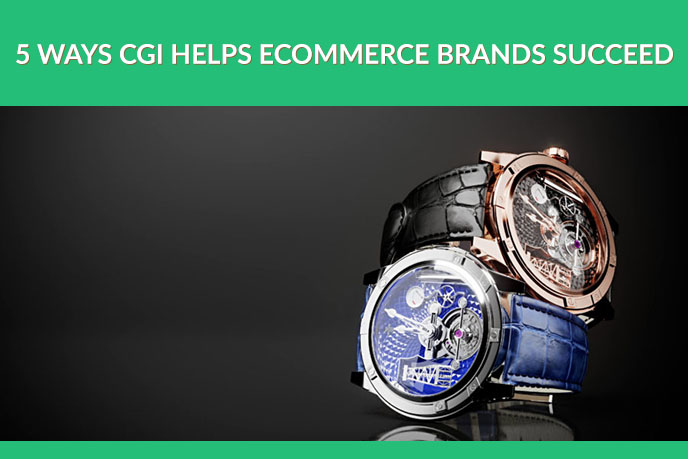

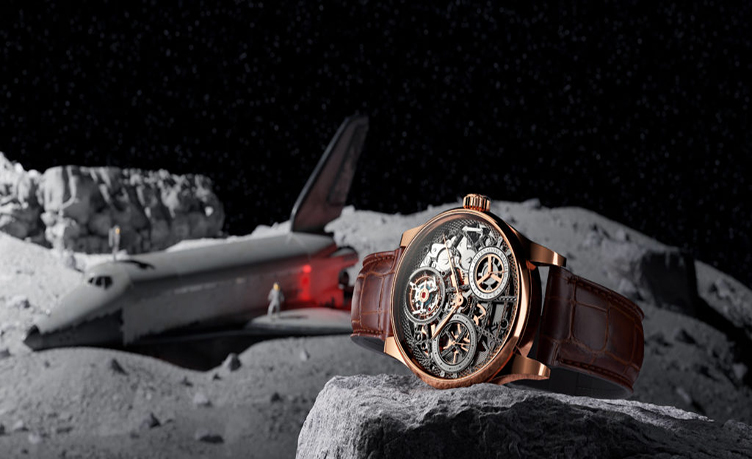
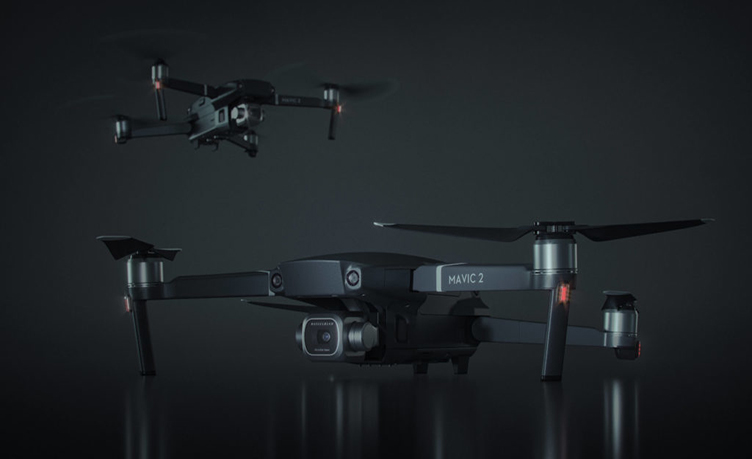
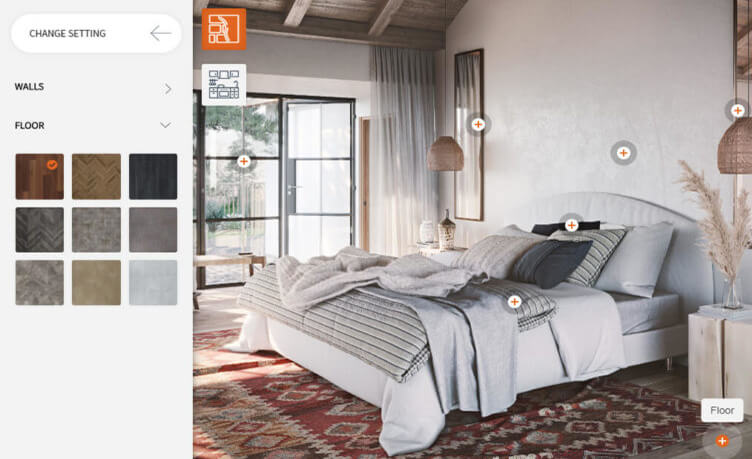
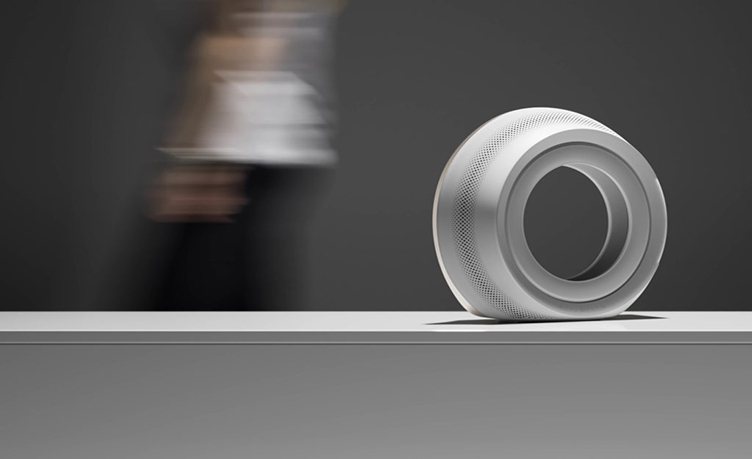

One Comment on “3D PRODUCT MODELING AND RENDERING: 5 WAYS THEY CAN PROPEL AN ECOMMERCE BRAND FORWARD”
You did really good work. I am very glad that I found this blog post. I plan to stay connected to your blog. Can’t wait to see what you’re going to write next.